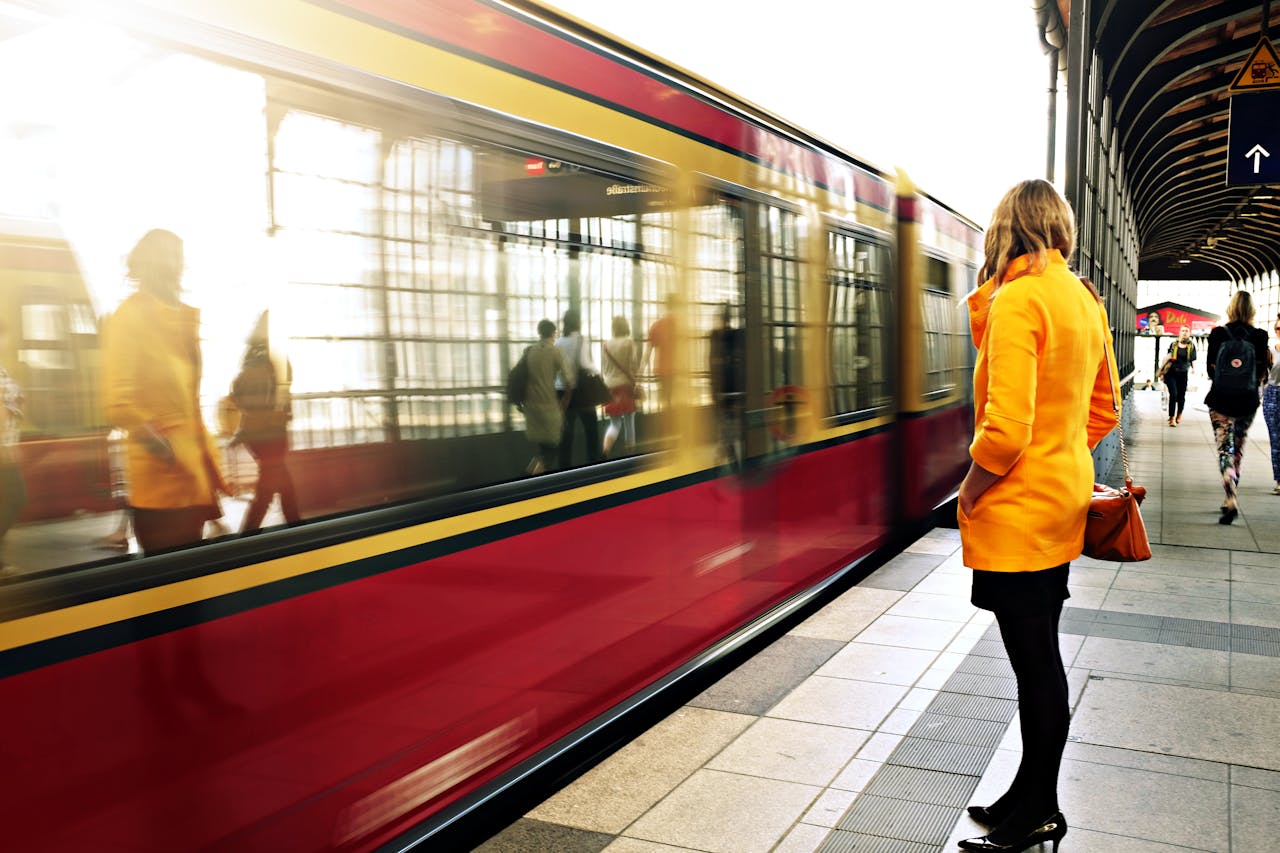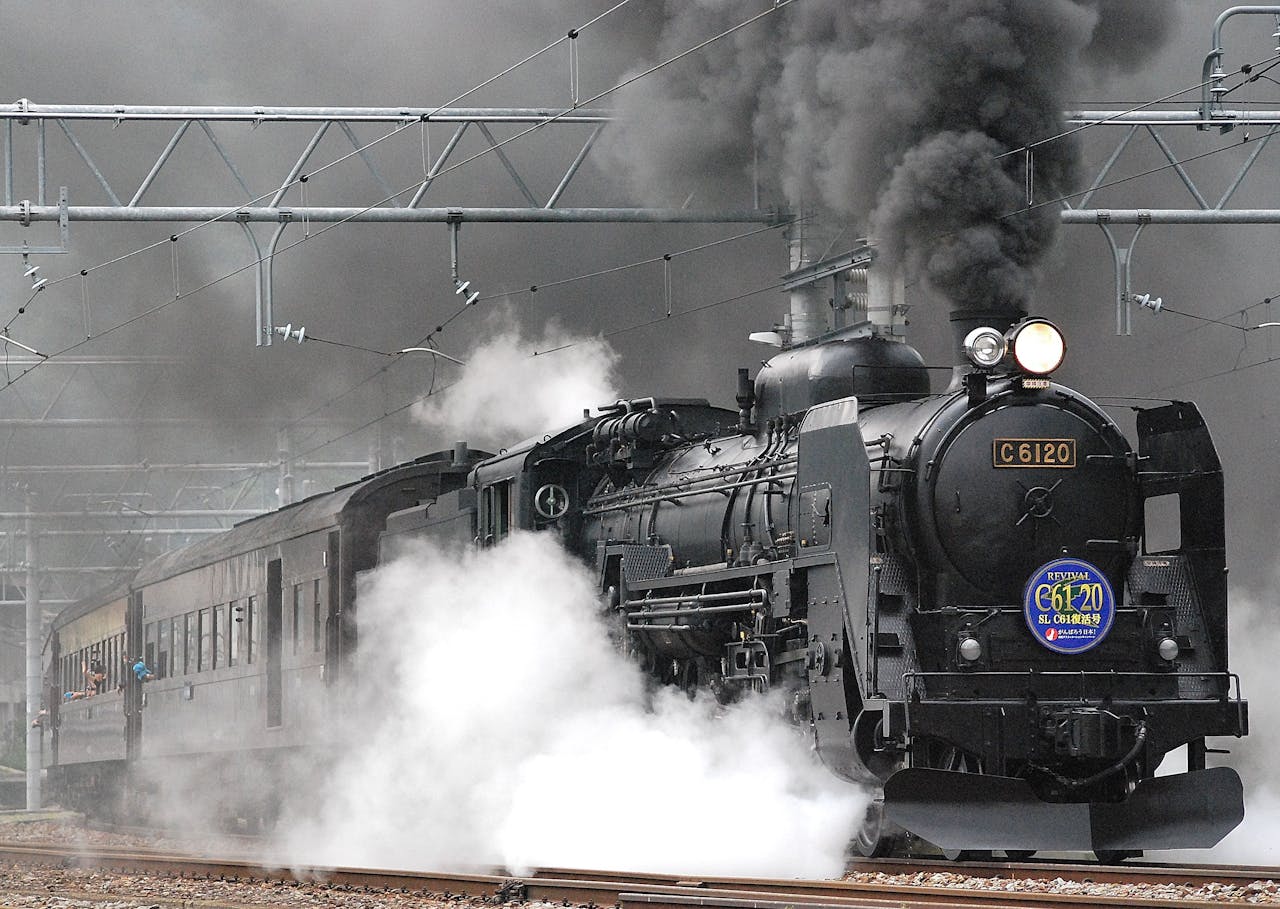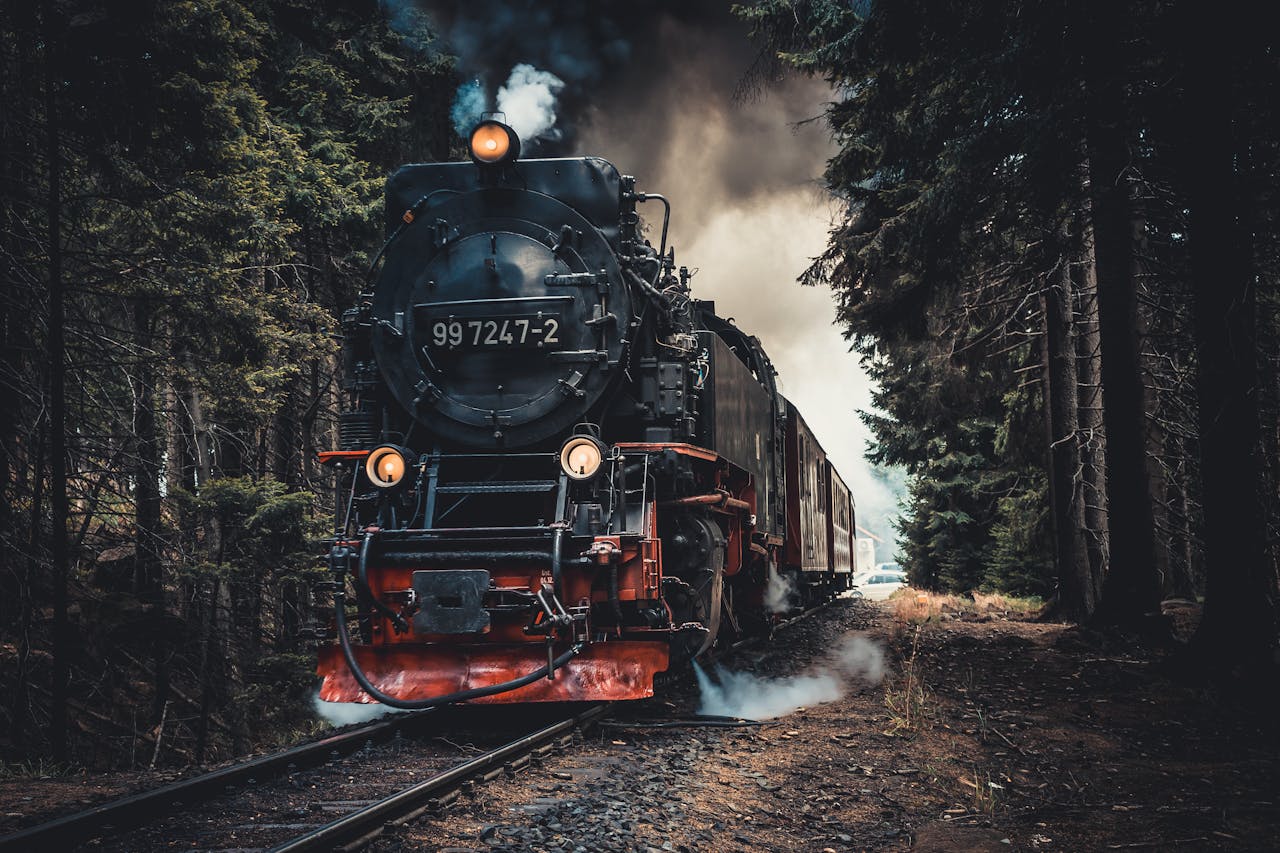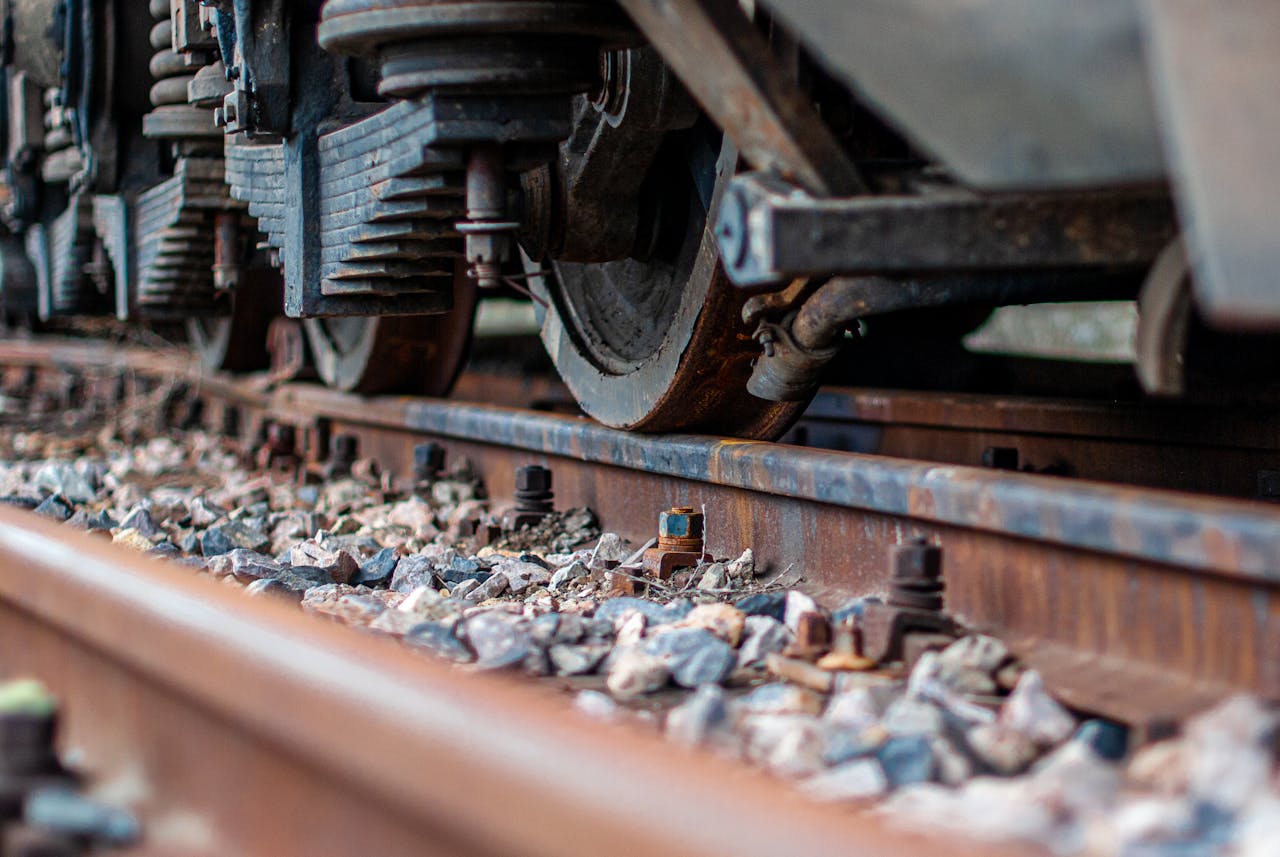Why Do Trains Derail? 10 Key Factors Behind Train Derailments

Train derailments are significant safety events that can lead to serious injuries, damage, and disruptions. While rare, they are often the result of a combination of factors related to the environment, equipment, and human actions. Here are 10 key reasons why trains derail:
1. Track Defects

One of the leading causes of train derailments is track failure. This includes broken rails, misaligned tracks, or defects in the railbed. Over time, tracks wear down due to the weight and frequency of trains, which can lead to issues like rail breaks, which cause trains to veer off their path.
2. Human Error

Train operators, signalers, and other railway personnel play a critical role in preventing derailments. Mistakes such as speeding, improper signaling, or misjudgment of track conditions can result in accidents. Human error becomes especially dangerous in complex railway systems with numerous intersections and switches.
3. Mechanical Failure
![3. Mechanical Failure <p>Derailments can be caused by problems with the train itself. Wheel or axle failure, brake issues, or mechanical malfunctions in the locomotive or cars can lead to loss of control. Regular inspections and maintenance are vital to prevent such failures from becoming catastrophic.var cid = "9048067730"; var pid = "ca-pub-4779785715115193"; var slotId = "div-gpt-ad-ourdebtfreefamily_com-large-mobile-banner-2-0"; var ffid = 1; var alS = 1713 % 1000; if(typeof ez_ad_units == "undefined"){ez_ad_units=[];}ez_ad_units.push([[336,280],"ourdebtfreefamily_com-large-mobile-banner-2","ezslot_10",107,"0","0", "ourdebtfreefamily_com-large-mobile-banner-2-0"]); var container = document.getElementById(slotId); if (container) { var ins = document.createElement("ins"); ins.id = slotId + "-asloaded"; ins.className = "adsbygoogle ezasloaded"; ins.dataset.adClient = pid; ins.dataset.adChannel = cid; ins.style.display = "block"; ins.style.minWidth = container.attributes.ezaw.value + "px"; ins.style.width = "100%"; ins.style.height = container.attributes.ezah.value + "px"; ins.style.margin = "0px auto"; container.style.maxHeight = container.style.minHeight + "px"; container.style.maxWidth = container.style.minWidth + "px"; var script = document.createElement("script"); script.innerText = "(adsbygoogle = window.adsbygoogle || []).push({});"; ins.appendChild(script); container.appendChild(ins); window.ezoSTPixels = window.ezoSTPixels || []; if (typeof ezoSTPixelAdd === "function") { window.ezoSTPixelAdd(slotId, "stat_source_id", 44); window.ezoSTPixelAdd(slotId, "adsensetype", 1); } else { window.ezoSTPixels.push({id: slotId, name: "stat_source_id", value: 44}); window.ezoSTPixels.push({id: slotId, name: "adsensetype", value: 1}); } window.ezaslWatch = window.ezaslWatch || []; window.ezaslWatch.push(slotId); }(adsbygoogle = window.adsbygoogle || []).push({});</p> ::Pexels](https://www.ourdebtfreefamily.com/wp-content/uploads/2024/10/pexels-pixabay-159148.jpg)
Derailments can be caused by problems with the train itself. Wheel or axle failure, brake issues, or mechanical malfunctions in the locomotive or cars can lead to loss of control. Regular inspections and maintenance are vital to prevent such failures from becoming catastrophic.
4. Obstructions on the Tracks

Sometimes, objects like vehicles, fallen trees, or debris can end up on the tracks, causing trains to derail when they collide with these obstacles. In rural or remote areas, animals can also wander onto the tracks, presenting a serious hazard.
5. Excessive Speed

Speed limits are set to ensure trains can safely navigate curves, gradients, and switches. When trains exceed these limits—whether due to human error or mechanical failure—the centrifugal forces involved can push a train off the rails, especially on tight curves.
6. Weather Conditions

Adverse weather conditions, such as heavy rain, snow, or ice, can make tracks slippery or weaken their structural integrity. Floods may erode the track bed, while extreme heat can cause tracks to expand and buckle, both of which can lead to derailments.
7. Poor Maintenance

Both the tracks and the trains require regular upkeep to ensure safety. When maintenance is neglected, problems like track wear, outdated equipment, and deteriorating rail ties increase the risk of accidents. In many cases, derailments have been linked to insufficient funding or delays in maintenance work.
8. Signal Failures

Malfunctioning signals or communication breakdowns between control centers and trains can lead to collisions or derailments. If a train is not properly warned about track obstructions, speed limits, or other trains ahead, it may proceed under unsafe conditions, increasing the risk of a derailment. Signal failures can be caused by electrical problems, software glitches, or human oversight.
9. Infrastructure Fatigue

As railway infrastructure ages, bridges, tunnels, and other support systems can weaken over time. Without proper upgrades or maintenance, these structures may fail, leading to derailments. Structural fatigue is especially dangerous in high-traffic areas where constant train activity wears down the integrity of the infrastructure.
10. Freight Imbalance

For freight trains, an uneven distribution of cargo can destabilize the train, particularly on curves or inclines. If the weight is not properly balanced across the cars, it can cause tipping or sliding, leading to derailment. Proper loading procedures and weight management are crucial to prevent this issue.
Final Thoughts

In conclusion, train derailments are usually the result of multiple factors coming together. Addressing these key areas through better maintenance, technology, and human vigilance can significantly reduce the likelihood of accidents and keep railways safe for everyone.
Leave a Reply